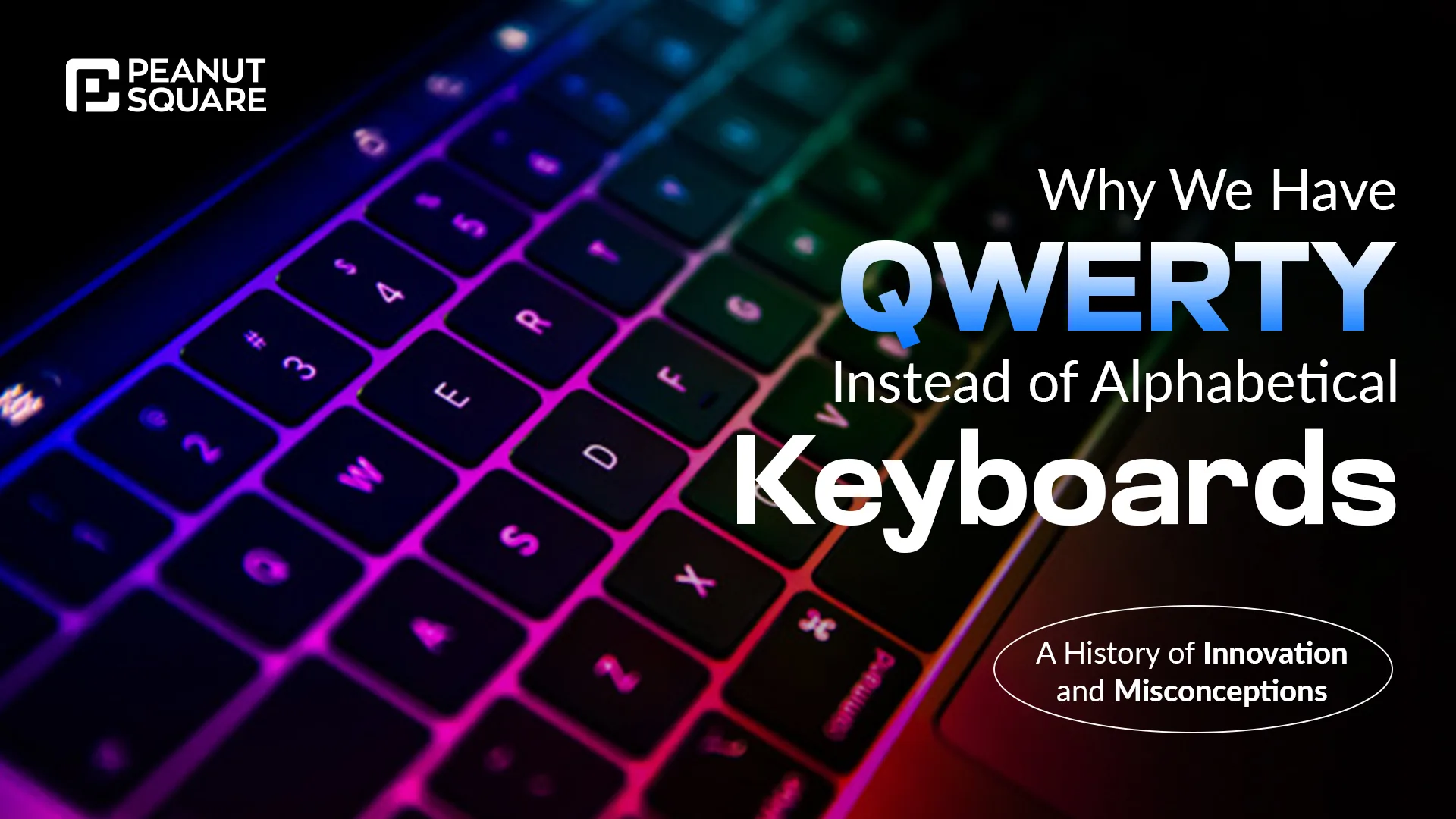QWERTY vs. Alphabetical Keyboards: A History Unveiled

7 December
The QWERTY keyboard layout, with its seemingly jumbled arrangement of letters, has reigned supreme for over a century. But why this layout, and not the seemingly intuitive alphabetical order? The answer lies in a fascinating story of early technological innovation and a persistent myth.
The Problem of Jamming Typebars:
In the early days of typewriters, the keys were connected to metal arms called typebars that struck the ink ribbon and paper. If two keys were pressed close together in rapid succession, the typebars would clash, jamming the machine.
Christopher Sholes’s Solution:
Christopher Sholes, inventor of the QWERTY layout, aimed to solve this jamming problem. He analyzed the frequency of letter combinations in English and strategically placed the most commonly used pairs of letters far apart on the keyboard. This reduced the likelihood of jams and allowed for faster typing speeds.
The Myth of Slowing Typists:
A popular misconception is that QWERTY was designed to slow typists down, preventing them from exceeding the machine’s capacity. However, this claim has been debunked by historians and typing experts. In fact, QWERTY was a genuine innovation that addressed a significant technological hurdle.
The Persistence of QWERTY:
Despite the emergence of alternative layouts designed for speed and efficiency, QWERTY’s dominance remains strong. This can be attributed to several factors:
- Familiarity: Generations of users have learned to type on QWERTY, making it the most comfortable and efficient layout for them.
- Standardization: QWERTY has become the global standard, used in most countries and across different platforms. Switching to a new layout would require significant effort and disruption.
- Network effects: QWERTY’s widespread adoption creates a network effect, making it the most practical choice for individuals and institutions alike.
The Future of Keyboards:
While QWERTY shows no signs of immediate dethronement, the future of keyboard layouts remains open. Ergonomic designs, split keyboards, and even voice-to-text technologies are gaining traction, offering alternatives for different users and needs.
As technology continues to evolve, the way we interact with text will undoubtedly continue to change. Whether QWERTY remains the dominant force or gives way to a new standard, its story serves as a reminder of how innovation and user needs shape our technological landscape.
Click Here For More Related Blog!





